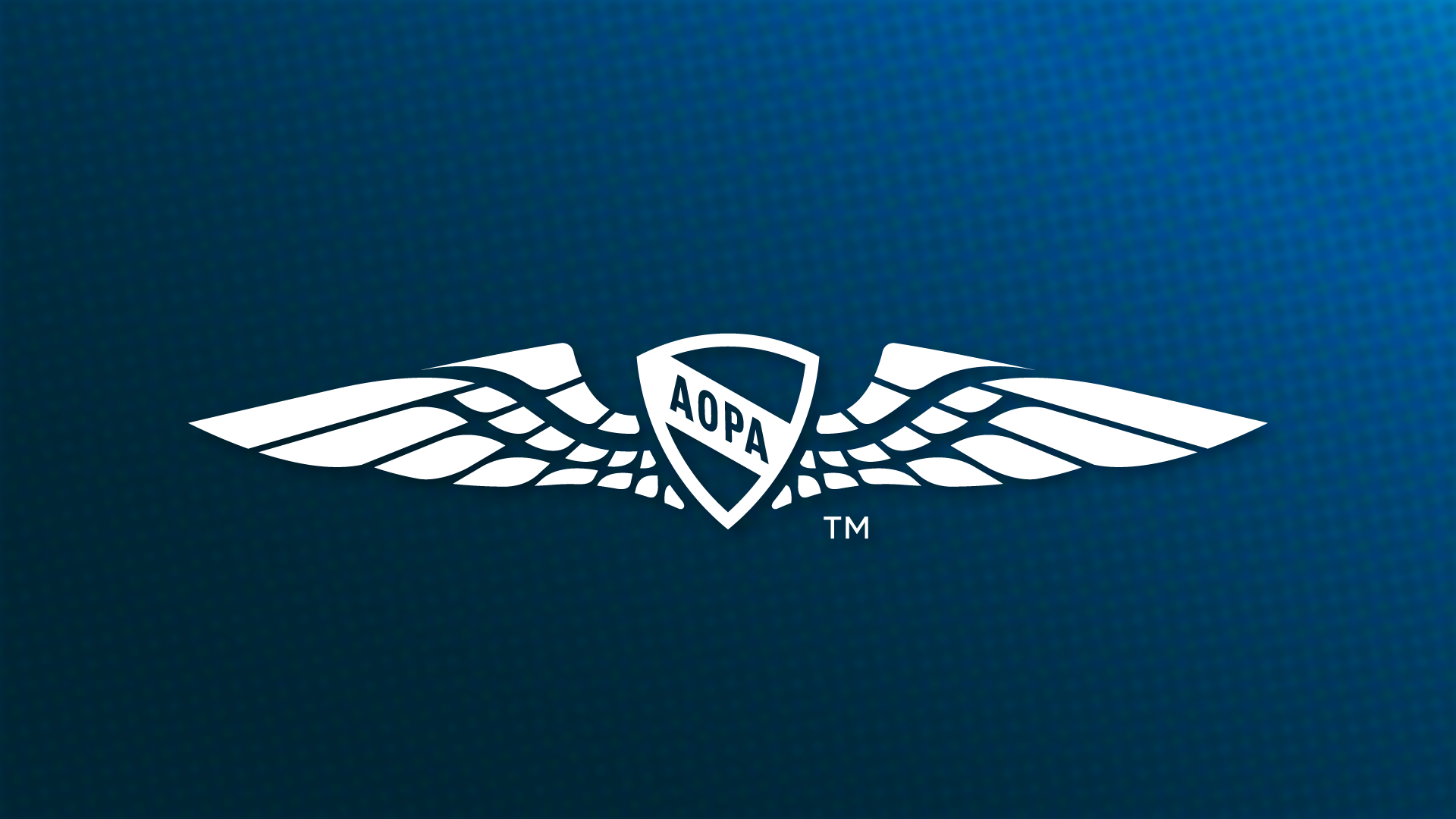Final Exam
Test your knowledge
 Checkride-ready
Checkride-ready
See how you measure up to FAA standards with thesequestions from the AOPA Pilot Information Center.
1. In which environment is aircraft structural ice most likely to have the highest accumulation rate?
A. Freezing rain.
B. Cumulus clouds with below freezing temperatures.
C. Freezing drizzle.
2. When taxiing with strong quartering tailwinds, which aileron positions should be used?
A. Aileron down on the side from which the wind is blowing.
B. Ailerons neutral.
C. Aileron down on the downwind side.
3. What exception, if any, permits a private pilot to act as pilot in command of an aircraft carrying passengers who pay for the flight?
A. If the passengers pay all the operating expenses.
B. If a donation is made to a charitable organizationfor the flight.
C. There is no exception.
4. A steady green light signal directed from the control tower to an aircraft in flight is a signal that the pilot
A. should return for landing.
B. is cleared to land.
C. should give way to other aircraft and continue circling.
5. Except in Alaska, during what time period should lighted position lights be displayed on an aircraft?
A. One hour after sunset to one hour before sunrise.
B. End of evening civil twilight to the beginning of morning civil twilight.
C. Sunset to sunrise.
 Ace
Ace
Can you correctly answer these questions from retired TWA captain and 28,000-hour pilot Barry Schiff?
6. Why do many light airplanes have pull-type circuit breakers while others have flush-type circuit breakers?
7. Which is colder, minus 40 degrees Celsiusor minus 40 degrees Fahrenheit?
8. An aerobatic pilot decides to be cute and executes a visual approach to Runway 36 while inverted. During this approach, he notes that the VASI lights are red and that the aircraft has drifted east of the runway centerline. To correct for these discrepancies, the pilot should
A. pull the stick aft and move it to his left.
B. pull the stick aft and move it to his right.
C. push the stick forward and move it to his left.
D. push the stick forward and move it to his right.
9. True or false? A pilot is concerned about the safety of his flight and needs timely but not immediate assistance. This is an emergency and justifies emergency action.
10. The total useable fuel capacity of an airplane certified under Part 23 of the regulations must be enough for at least _______ of operation at maximum continuous power.
A. 30 minutes
B. an hour
C. an hour and a half
D. two hours
Final exam answers
- The correct answer is A. Freezing rain can accumulate on the aircraft surfaces rapidly. The abundance of large, supercooled water droplets makes clear icing very rapid between 0 degrees Celsius and minus 15 degrees C. The pilot should establish an exit strategy without delay. (Pilot’s Handbook of Aeronautical Knowledge, Chapter 12)
- The correct answer is A. The proper control positions for a strong quartering tailwind from the right would be right aileron down and elevator down. The control yoke or stick would be held full forward and full left. (Airplane Flying Handbook, Chapter 13)
- The correct answer is B. Charitable flights are permitted under FAR 61.113(d), provided the pilot complies with the requirements in FAR 91.146.
- The correct answer is B. If radio communications with an aircraft control tower are not possible, the tower may “communicate” with the pilot using various light signals identified in FAR 91.125.
- The correct answer is C. FAR 91.209 prohibits aircraft operation from sunset to sunrise unless lighted position lights are displayed. This includes the white tail light, the right wing tip’s green light, and the left wing tip’s red light.
- The less-expensive, flush-type circuit breakers are installed primarily to reduce aircraft manufacturing costs.
- The Fahrenheit and Centigrade (Celsius) scales cross at minus 40 degrees, which means that minus 40 degrees Fahrenheit is equal to minus 40 degrees Centigrade. Neither is colder than the other. Above minus 40 degrees, temperature in Centigrade is always warmer than the same number of degrees Fahrenheit, and vice versa.
- The correct answer is C. Pushing the stick forward raises the nose with respect to the horizon and results in a climb. The stick is moved in the direction of the desired turn, which—in this case—is left.
- True. Such a circumstance is defined in the Aeronautical Information Manual as an urgent or emergency condition.
- The correct answer is A. Operating such an aircraft would pose a significant challenge (especially on cross-country flights).


